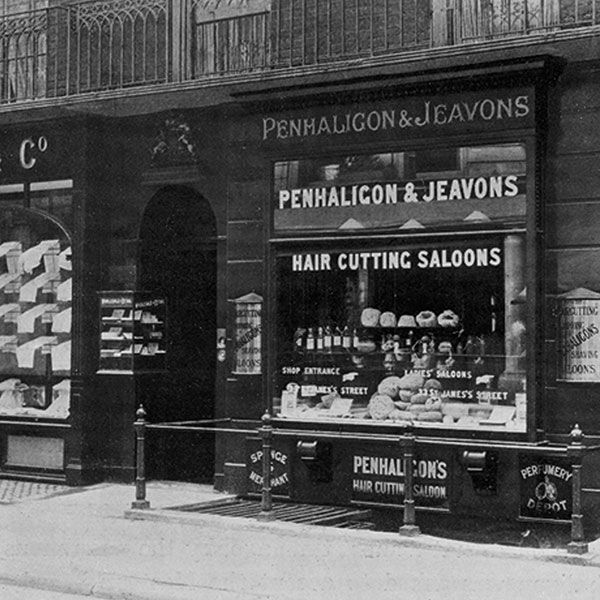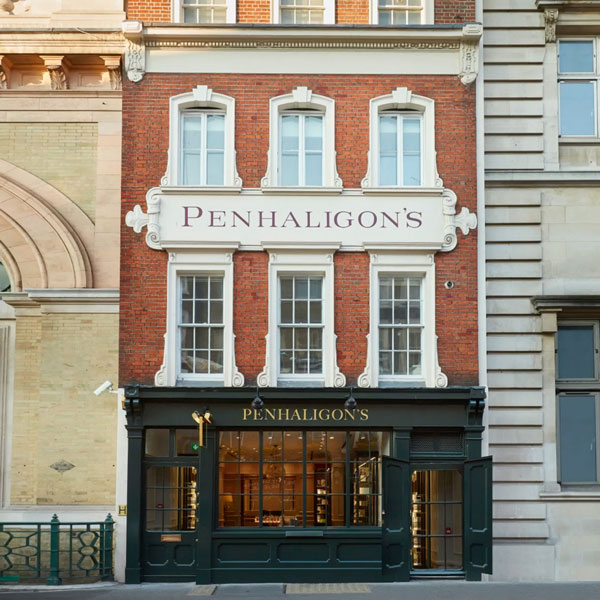
Penhaligon’s Guide to the Red Rose City
A UNESCO World Heritage Site, 2 650 acres of Archaelogic Park, an ancient sandstone city carved into rock. Jordan’s most iconic destination has otherworldly scenery that makes it the fitting setting for extra-terrestrial blockbusters like Dune and The Martian more on that here – not to mention the inspiration for a rather spiffing new fragrance.
Tourism is vital to the Rose City, and Petra has sadly struggled since the pandemic to reel in the kind of numbers it used to. In fact, Petra is renowned as a safe and friendly destination and besides, a bit of adventure is good for you. We rather feel it’s about time you went.
You’re free to explore the caves, carvings and hills as you please, although if you’re short on time you may wish to consider a Bedouin guide. We’ve offered a modest introduction below, but we think it’s probably nicer if you’re not drifting around an ancient city glued to your smartphone.

Thirst Traps
How to summarise the rise and fall of an entire civilisation in a short paragraph? Here goes. A nomadic Bedouin tribe from the six century BC, The Nabateans claimed to descend from the prophet Ishmael. They were highly regarded as traders – particularly for frankincense, controlling the routes from Damascus – and handily knew the best spots for water in the desert, which they guarded carefully (their their cobblestone water channels can still be seen today).
The Rose City is evidence of the height of their wealth and civilisation, and was a powerful kingdom. The Nabateans were also known for their spectacular burial tombs – something showy for the locals, like a smart loft extension – and the most famous is The Treasury.
Editor’s note: some other things may also have happened, but think the above as a kind of ‘best bits’.

Splendid Views
The Treasury is the edifice carved into the rock that had a starring role in Indiana Jones. Carved 2 000 years ago, it has been concealed from the elements hence its façade has been so well-protected – although you may observe bullet holes riddled from diabolical tomb raiders over the years.
You won’t exactly stumble across this – it’s on the main walking route, and throngs of people will be gathered from mid-morning, as the sun hits it between 9-11 h 00. If you want it alone, best get there early. Late in the afternoon, as the sun has moved across the sky and begins to set, the temple seems to glow in a glorious, rich red-pink haze.
Look out for two large eagles representing Nabatean deity Dushara. Isis also appears below the urn, while mounted riders at the foot represent Zeus’s sons Castor and Pollux. Impress or annoy your fellow visitors by remarking on this loudly.

Getting Around
Partnering with travel industry nonprofit Tourism Cares, the Jordan Tourism Board has also created a Meaningful Travel Map that allows your visit to be more conscientious and to engage with locally owned businesses and social enterprises.
If you choose not to explore the site on foot, you can always get around by a horse and cart, donkey or camel. Alternatively, our more robust customers may consider signing up to the Petra Desert Marathon, living and exhausting proof that there really is more than one way to experience this ancient spectacle. Runners pass by all the caves, tombs and carvings like you normally would, but extra fast. We’ll meet you at the finish old sport, a cup of tea in hand. Pip pip!





























